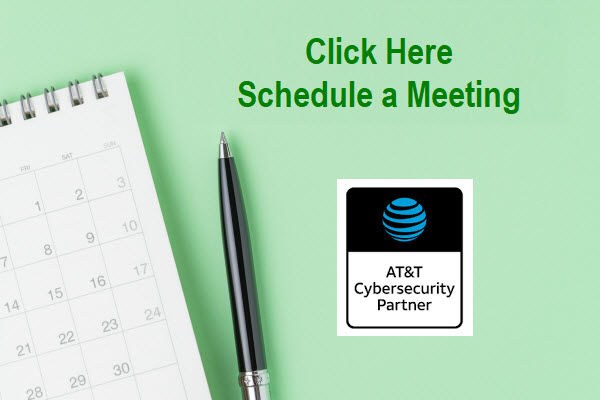
New York MTA partners with Oracle Launch Employee-Focused ChatBot
April 10–The Bridges and Tunnels Division of the New York Metropolitan Transportation Authority (MTA) is embarking on a chatbot pilot project called the Collision Accident Reporting System (CARS).
The program is a partnership with Oracle, and will deploy a chatbot for agency employees allowing them to report and document accidents via their smartphones. It will also give managers the ability to examine accident hot spots and make decisions about rebuilding problem infrastructure.
With 10 bridges and tunnels throughout Manhattan, connecting commuters to upstate New York, Connecticut and New Jersey, the agency’s daily undertaking is daunting. While the MTA moves millions of people every day on buses and trains, the Bridges and Tunnels Division is responsible for all vehicles that drive into or out of the city.
“We have trains, buses, and vehicles crossing all those bridges,” said Dyan Ganepola, director of application development for the division. “The authority collects money on one million vehicles a day, the biggest in the nation in terms of volumes.”
MTA hopes to roll out the pilot this summer to about 100 employees in the field. “We will launch in the second half of the year. We still need to get to know how the technology will work, and then work with it to get good value from it for the business,” said Ganepola.
Not only does the transit agency have a massive number of commuters to protect, but it also oversees a large number of employees, including law enforcement and national guardsmen assigned to policing and counter-terrorism activities.
“This will be used by people who are mobile,” said Ganepola. “They will be traveling from place to place, taking care of accidents and law enforcement.”
Officials hope the chatbot project will offer a secure way to communicate about any damage to structures and get information about vehicles involved in traffic accidents. It will also allow them to update station managers so that they can signal drivers about hazards ahead using electronic signage.
The division runs on complicated legacy software that could not be modified to run a chatbot, requiring Oracle to work around it using tailored software.
“They have a complex sort of system that is difficult to modify. It was not a simple swap for something new,” said Suhas Uliyar, vice president for bots, AI and mobile product management at Oracle. “We have produced software that allows us to integrate with the legacy software, which connects to their systems of record.”


